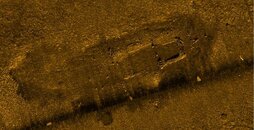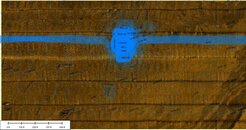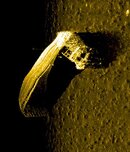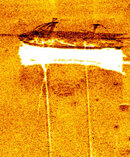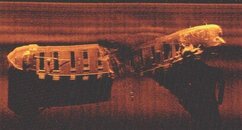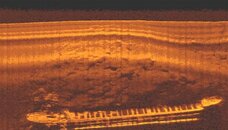The software you describe is a computerized replacement for paper graphs, but the old systems are still analog systems. In an analog system the fish is really just a transducer at the end of a long cable, with amplifiers to get the signal to the topside processor. Those signals are attenuated by umbilical length, and are analog signals that can have substiantial noise and interferance added by the cable acting as an antenna. Processing is also analog. The output may b a paper graph of computer display, but having it displayed on a computer does not make it "digital".
In a digital system *all* of the processing is done within the fish, and the signal run up the coaxial cable to the topside unit are just bits forming a data stream. This means that the cable length does not attenuate the signal, nor inject noise into the signal. Basically, in a digital system the fish is just one node of a local area network. The actual umbilical is only a two condictor coaxial cable: Over it is run 400 volts DC to power the fish and it's systems, and multiplexed over the same conductors are the digital data stream.
The first Klein system to be digital was the System 2000. You are probably using a 521 (Analog) with Chesapeake software to allow the paper graphs to be replaced by a computer. Still a very good system.
Attached are two samples of the output of a Klein system 3000 that we obtained last summer. One is a pair of wrecks connected by a chain. Can you see the links of the chain? The other is a burned out steamship. Can you see the rudder laying in the sand off of the stern?
Dave
.



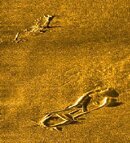
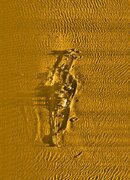
 The first picture looks like a T-Rex skeleton/fossil to this maritime neophyte.
The first picture looks like a T-Rex skeleton/fossil to this maritime neophyte.